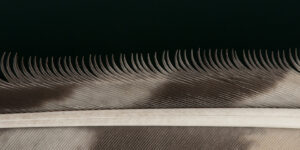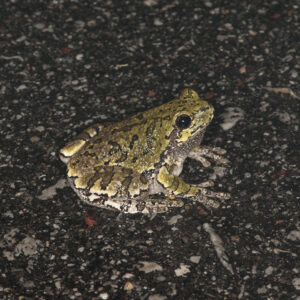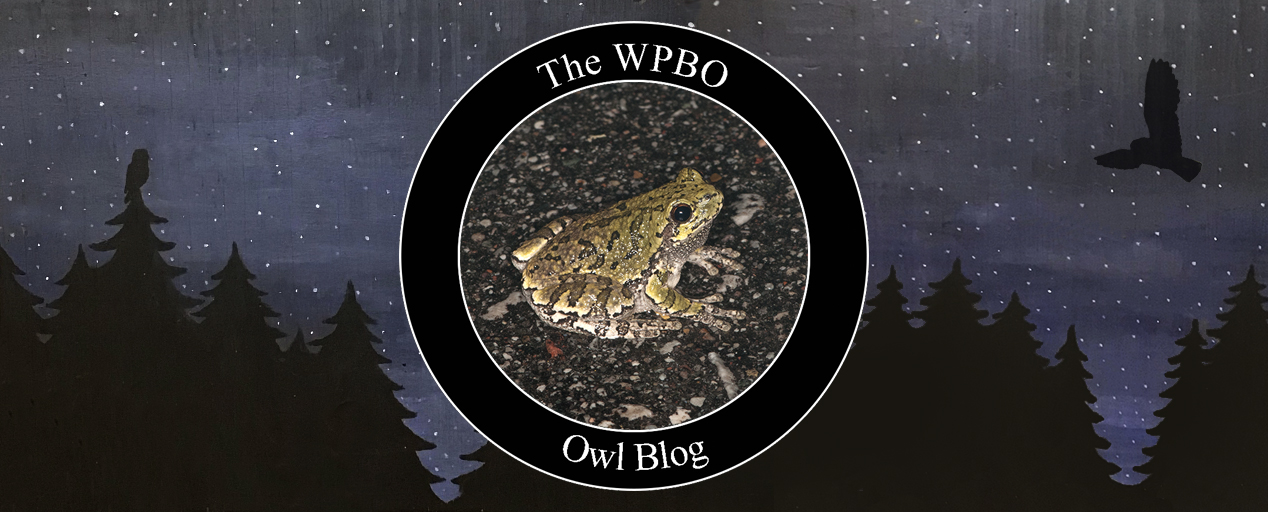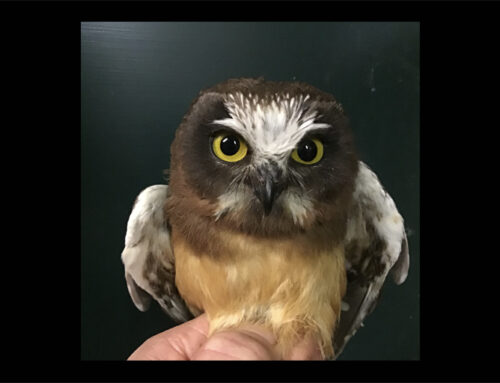Things picked up a bit this past week, but the owl migration has remained relatively slow. We banded 58 owls this past week, 25 of those occurring on May 5. The Northern Saw-whet Owl (NSWO) numbers started dropped off on April 16, and we hit a double-digit night on May 5 for the first time since April 20. It’s not unusual for NSWO migration to go into a bit of a lull after their main push, but that lull hit a bit earlier than usual this spring. Most years, but not all, we get a late season spike in their numbers. We’re naturally hoping that spike happens this year, and maybe even starts a little earlier than usual.
Likewise, Long-eared Owl (LEOW) migration often starts to taper off at this time of the season. It is clear that the bulk of this spring’s adults have already migrated north this year. It’s also becoming increasingly apparent that LEOW had a terrible breeding season last summer. Although their numbers do often begin to taper off at this time of year, it can remain a productive period as the previous year’s young continue to migrate in decent numbers as adult numbers decrease in the late season. While we did see young birds start to mix in with the adults more consistently mid-season, their numbers never really increased and have only occurred in very low numbers thus far this spring. All that said, it has already been a decent season for LEOW with 229 banded, which is more than have been banded at any other North American site in a single migratory season.
We still love the opportunity to see these birds that we love so much up close. Below is a photo of the serrated leading edge of a Long-eared Owl’s wing. This serration is one of the adaptations that contributes to an owl’s silent flight. It serves to break up the air flow as it hits the leading edge of the wing, helping to muffle the sound the air would otherwise make as it hit the leading edge.

The serration along the leading edge of a Long-eared Owls outermost primary, which is along the leading edge of its wing.
In other news, the last two regularly occurring amphibians, green frog and a treefrog made their first appearances last night. We can’t distinguish between gray and Cope’s treefrogs unless their calling, so we’re not able to say which the below one was.

Our first treefrog of the season, either gray or Cope’s.
Season Totals of Banded Owls
Northern Saw-whet Owls: 394
Long-eared Owls: 229
Boreal Owl: 9
Barred Owl: 13
Great Horned Owl: 2
Total Owls: 646
~ Chris Neri & Nova Mackentley
2024 Spring Owl Banders
You can read the owl banders’ weekly blog posts and follow WPBO’s social media (Facebook, Instagram, and X) for owl banding highlights this season.
The spring owl banding season runs from March 15 through May 31.
Owl Banding Presentations — Visitors may observe owls that have been banded on Friday and Saturday evenings from dusk until midnight. Please note that banding is weather dependent and it is at the banders’ discretion to cancel banding accordingly. Observation will be limited to outdoors only. For the safety of the owls, flash photography and recording video is prohibited.




